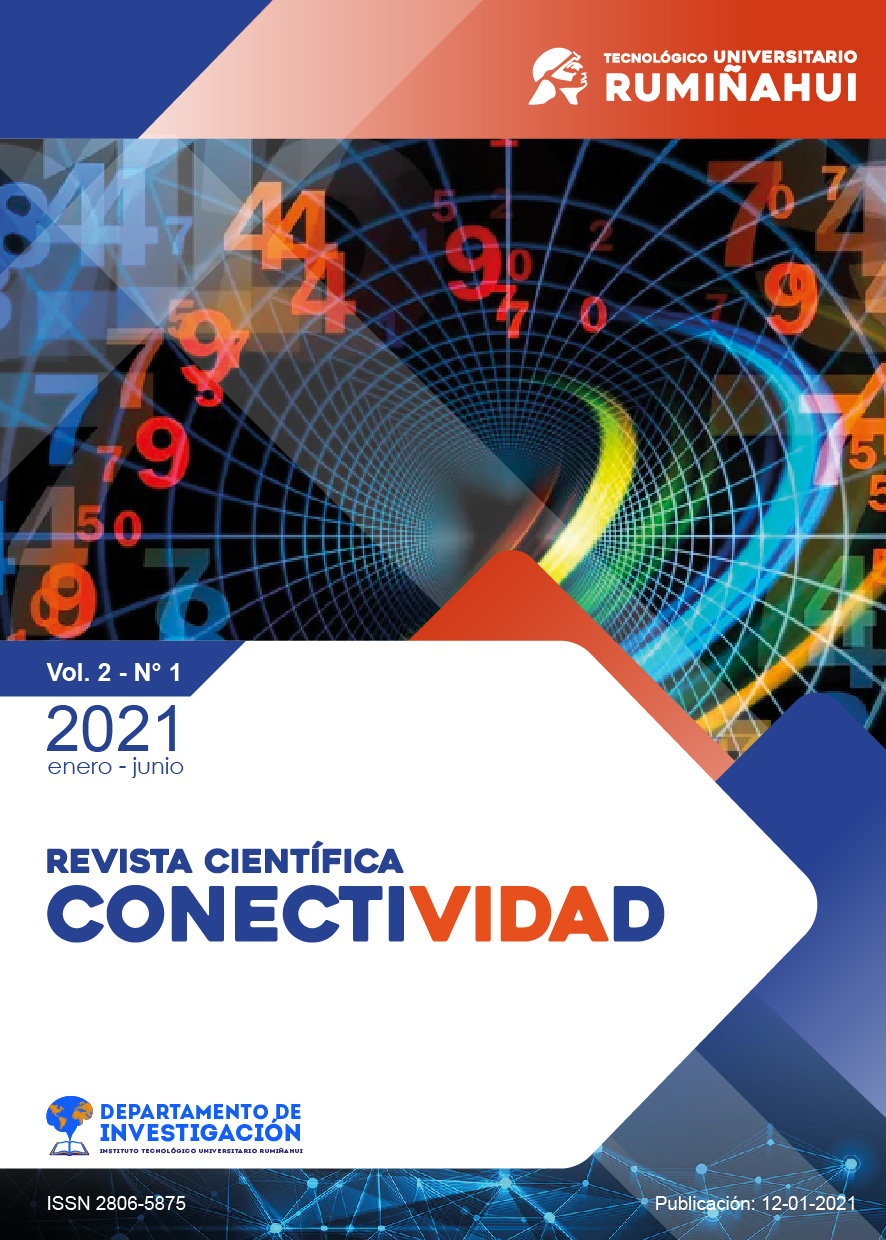Craft brewing industry in Quito and the transformation of beer bagasse into flour
DOI:
https://doi.org/10.37431/conectividad.v2i1.21Keywords:
Flour, Craft Industry, beer bagasse, QuitoAbstract
Brewing bagasse accounts for 85% of all residues produced in the brewing industry and the stage of filtration and separation of the must and grain from the barley is generated. In recent years, the focus has been on extracting the components of this residue as it is made up of high amounts of carbohydrates and proteins, but also lignin, lipids and minerals. Several studies based on different technologies have sought to extract the components to produce biologically based products with high commercial value from this waste. In Ecuador, approximately 120,000 tons of brewing bagasse are produced annually, which is generally used as raw and low-cost food for livestock. For this reason, this research seeks to exploit the macromolecules of this residue for the extraction and production of biologically based products under the concept of bio refinery. For this purpose, a characterization of the macromolecules was carried out with the objective of designing and testing five fractionation bioprocesses that maximize the extraction of proteins, lipids and carbohydrates such as starch and cellulosic based on the use mainly of enzymes. Thus, it was identified that the second fractionation bioprocess extracted 72.41% of the macromolecules of the brewing bagasse, extracting 93.79% and 86.77% of the total carbohydrates and proteins respectively. Finally, a financial analysis was carried out that demonstrated the economic viability of the project on an industry scale, with a Return-on-Investment Rate of 98.92 %, a Net Present Value of USD 355 385,744 and a two-year investment recovery period.
Published
How to Cite
Issue
Section
License
The originals published in this journal's printed and electronic editions are the property of the Instituto Superior Tecnológico Universitario Rumiñahui. Therefore, citing the source in any partial or total reproduction is necessary. All the contents of the electronic journal are distributed under a Creative Commons Attribution-Noncommercial 4.0 International (CC-BY-NC 4.0) license.



2.png)











